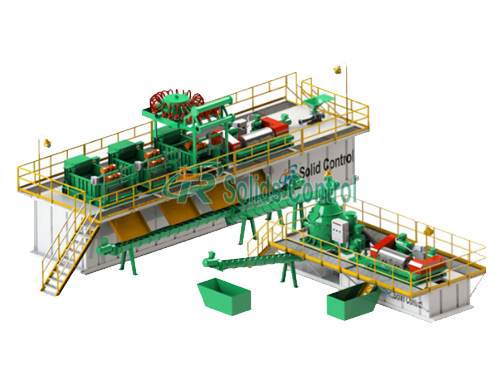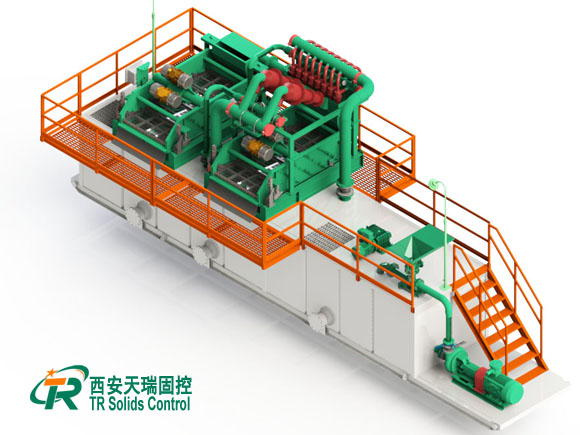Key Shale Shaker Performance Parameters and Their Impact on Drilling Efficiency
In oil and gas drilling, the shale shaker (first-stage solids control equipment) separates cuttings from circulating mud—its performance impacts overall drilling efficiency, stability, and cost. Understanding key parameters helps select the right model and optimize mud treatment for diverse conditions.China-based professional manufacturer TR Solids Control offers high-performance shale shakers meeting international standards for long-term reliability.
1. Main Shale Shaker Performance Parameters
The performance of a shale shaker depends on several critical parameters that define its separation efficiency and operational stability. These include:
- (1) Vibration Strength (G-force):Vibration strength dictates solids separation efficiency from drilling fluid—oilfield shakers typically range 4.5–7.5 G, with higher G boosting discharge speed and drying. TR shale shakers have adjustable G-force motors for tuning to mud properties and formation conditions.
- (2) Screen Area:Effective screen area (2.0–3.5 m² per deck, model-dependent) determines shaker filtration capacity—larger area boosts mud throughput and cuts fluid loss.
- (3) Processing Capacity:Processing capacity (handling flow rate: 120–300 m³/h, model/mud density-dependent) is the shaker’s hourly mud processing volume. Key influences: screen size, mesh type, vibration amplitude, and mud viscosity.
- (4) Vibration Mode:Vibration motion type defines particle path on the screen: linear motion (common in oilfield shakers, strong conveying capacity) and balanced elliptical motion (reduces screen wear, retains fine solids).
- (5) Screen Size:Screen size (API mesh number) indicates separation fineness: coarse (API 40–60) for large particles, fine (API 120–200) for fine solids and mud polishing.
- (6) Power and Energy Consumption:Vibration motor power typically ranges 1.72–2.2 kW × 2, depending on shaker size/design. TR emphasizes energy-efficient designs, balancing low power use with strong vibration performance.
2. Typical Shale Shaker Performance Data (Example)
| Model | Motion Type | Screen Area (m²) | Capacity (m³/h) | G-force | Motor Power (kW) | Screen Qty |
| TRZS585 | Linear | 3.4 | 150 | 7.1 | 2×1.94 | 5 |
| TRZS584 | Linear | 2.7 | 130 | 7.1 | 2×1.5 | 4 |
| TRZS752 | Balanced Elliptical | 1.4 | 180 | 7.1 | 2×0.75 | 3 |
These parameters can be customized according to drilling fluid type, rig size, and regional standards.
3. Structural Design Features Affecting Performance
- High-strength welded steel frame – ensures vibration stability and long service life.
- Rubber vibration isolators – reduce noise and structural stress.
- Adjustable deck angle (–1° to +5°) – optimizes mud flow and drying rate.
- Quick-lock screen system – simplifies screen replacement and reduces downtime.
4. How to Optimize Shale Shaker Performance
- Adjust vibration intensity and deck angle based on mud conditions.
- Use proper screen mesh combinations (coarse + fine).
- Keep screens clean to maintain open area.
- Inspect motors and fasteners daily for stability.
- Replace worn screens promptly to prevent fluid bypass.
The shale shaker performance parameters—such as vibration strength, screen area, and capacity—play a decisive role in solids control efficiency and drilling cost reduction.By selecting properly configured equipment and maintaining correct operating parameters, drilling contractors can achieve cleaner mud, faster penetration rates, and lower maintenance costs.







Leave a Reply